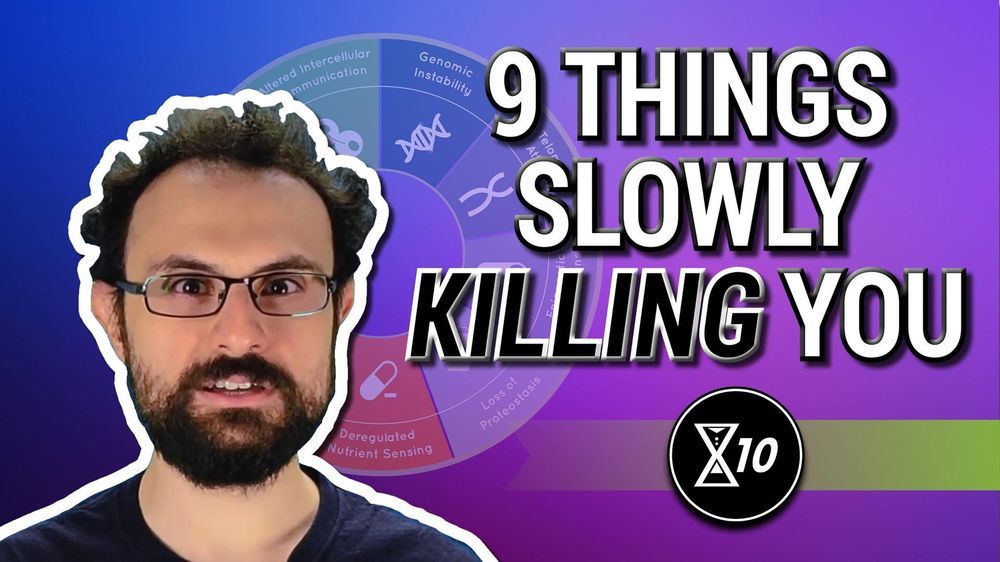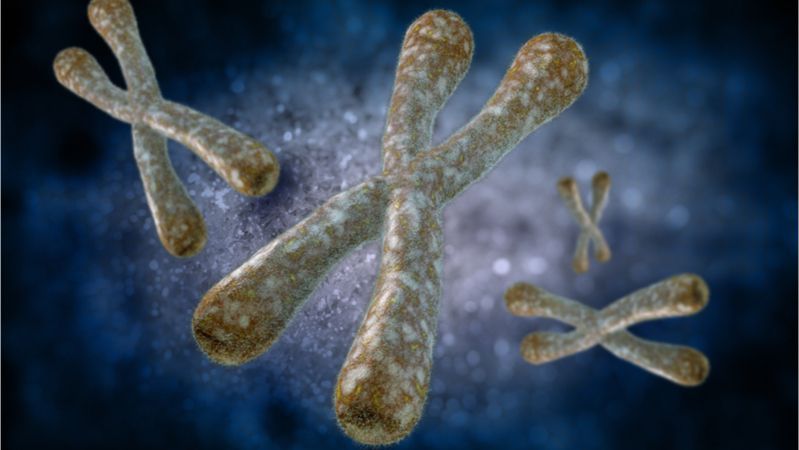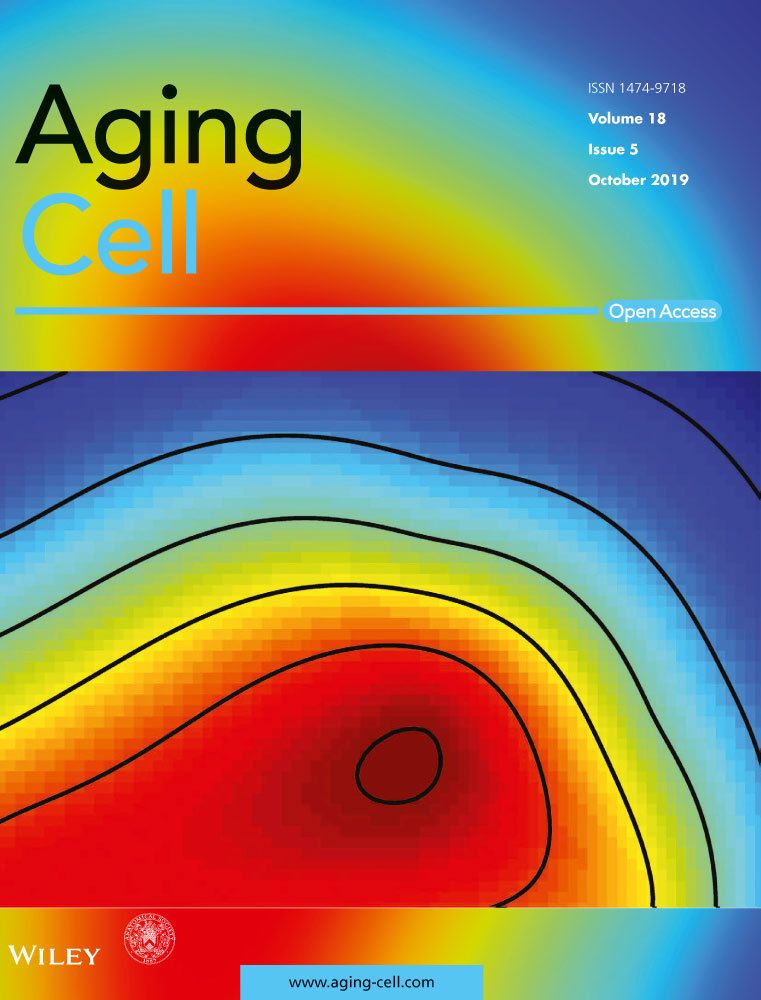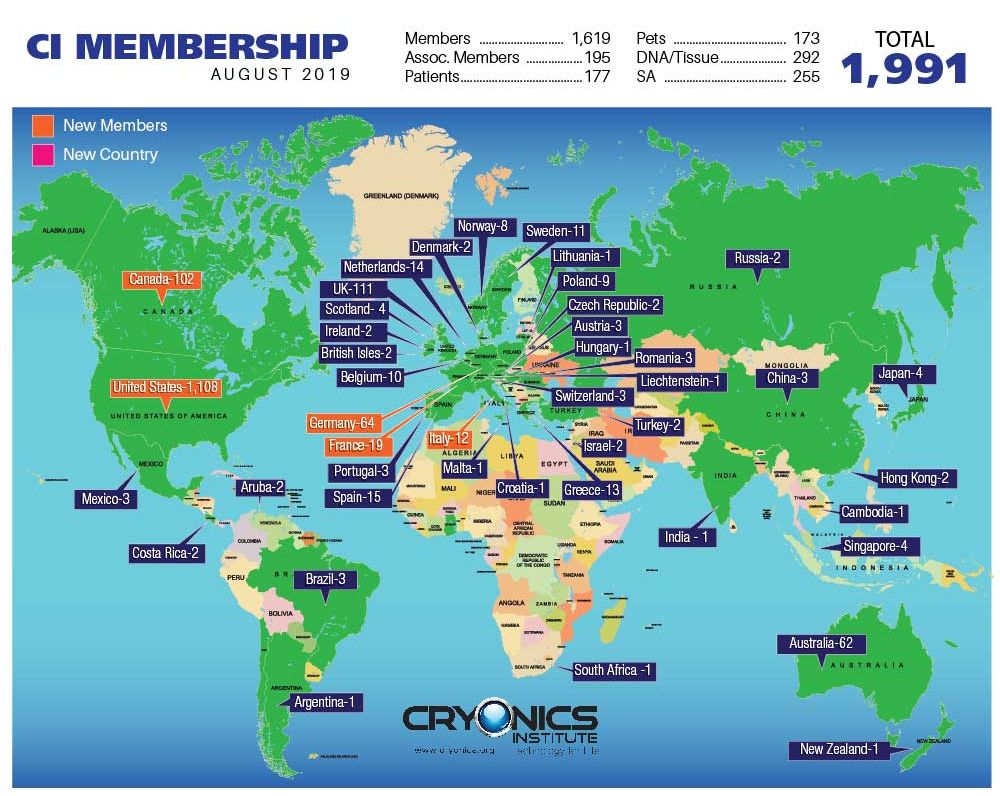A 5 year study. In recent years it has been shown to extend the lives of nematodes (or roundworms) by 57% and mice by 6%. In humans, claims abound that metformin-takers are living longer, having fewer cardiovascular episodes and seeing reduced odds of getting cancer.
Groundbreaking TAME trial, which directly targets aging as an endpoint, finally begins this November, reveals lead clinician Dr Nir Barzilai.








